Some time back I had posted a picture on Twitter of a dark brown "root".
My question was, what this unusual edible plant was called in any language, the feedback as expected was that nobody knew or ever had seen this funny looking "vegetable" before.

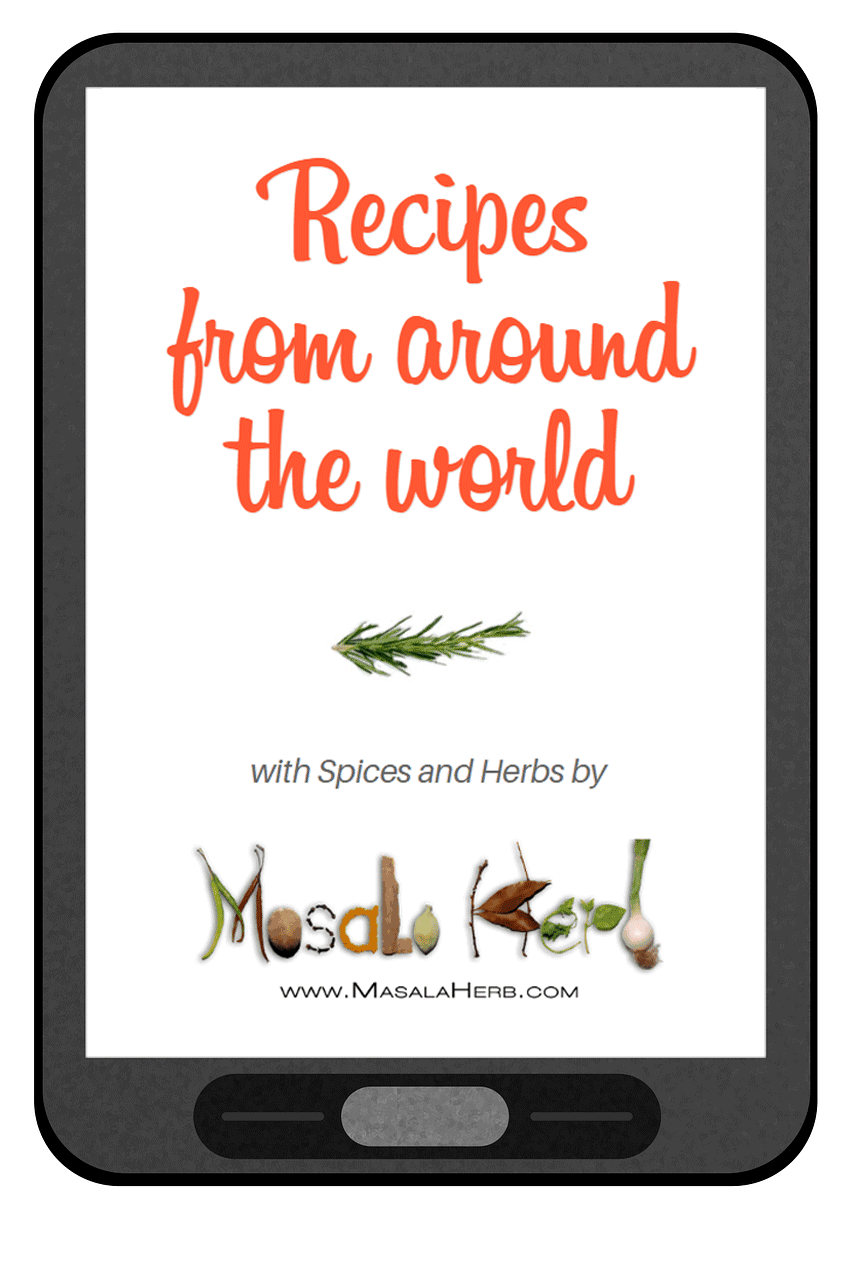
Global Food Recipes
with Spices and Herbs
Free E-Book available for a limited time. Grab yours now and get instantly inspired!
You missed out!
The joke was that I had asked previously my family members and neighbors in Goa if they knew it.
Well, they recognized it, some people even eaten it several times in the past, but nobody actually knew a name!
This was intriguing!
The day when I had the chance to visit the mapusa market, I came across it.
Between the chaos, noise, different languages and crowds I met a lady (whose picture I can't post) who seemed to not really fit into the merchant class.
She was a typical Goan catholic, dressed in a European fashion, clean neat, with a clear English and an educated air.
She caught my eyes, even though she seemed to disappear in the huge market area.
What else caught my attention were those dark brown, round shaped things.
In all my years in Goa i had not seen anything like that!
Unfortunately I had forgotten the name she was calling the roots, first of all I could barely understand her in the noise pollution and the constant pushing in the market and secondly I had no pen and paper to write it down.
But at least I knew that I had to boil it, that's how she had explained it to me.
My husband was exited to test the veggies out and boiled it the same day for 20 minutes till they were softer inside.
After that, one needed only to peel it and eat it plain.
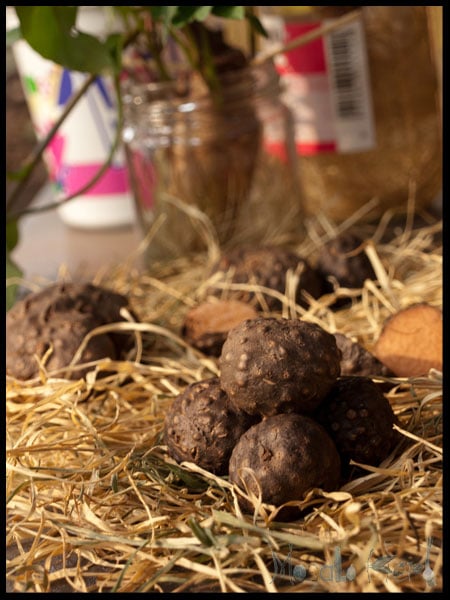
Anyway... one fine day one of the older neighbor ladies past by our house and I had the chance to ask her what it was named.
Actually by now the whole compound was eager to know what it was called.
I had stirred their interest with my passion for discoveries.
The old lady of course knew what it was, she called it karaino (in Konkani language).
But unluckily the konkani name didn't help me in my online research, only 2 weeks later, going deeper and deeper in my research I finally had a plant name and even better, an English name.
This particular root is called Dioscorea bulbifera, better known as Air Potato in English ( Yam species).
Other names are Varahi Kand (Hindi), Kaachil (Malayalam), Dukkar Kand (Marathi), Karaino ( Konkani) and l'hoffe (french).
For more names in different languages here.
It is native in Asia, Africa and Florida in the US, were the later it is considered an invasive exotic pest plant, growing and spreading aggressively.
The plant is called Air potato because the edible bulbs grow on the surface and not in the mud.
An other reason why I guess it is called like that is because the bulbs, which are considered as fruits, are feather light, even after boiling.
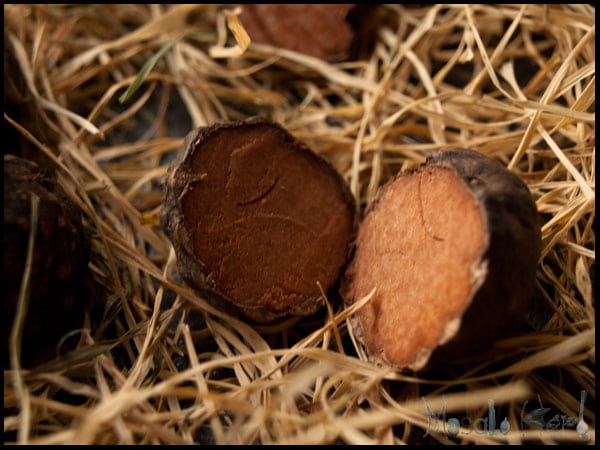
In India it is used in the traditional Ayurvedic medicine in numerous ways.
The most common uses are to treat diarrhea, sore throats and jaundice.
In Goa it is known to have anti Diabetic properties, which is the main reason of its use here.
Interestingly the air potato contains a steroid called diosgenin , which in turn is used in the west in commercial synthetic steroidal hormones such as the Contraceptive pill and which is further used by bodybuilders and man to boost the testosterone.
For some reason though, this plant has been barely researched.
There are claims that the Potato is poisonous in uncultivated forms, which I feel is applicable in small amounts when consumed raw.
BUT there is a confusion over actual toxicity (a simple Potato can be poisonous too if eaten raw)!
Many different cultures allege different uses and in fact researches are still going on till to date.
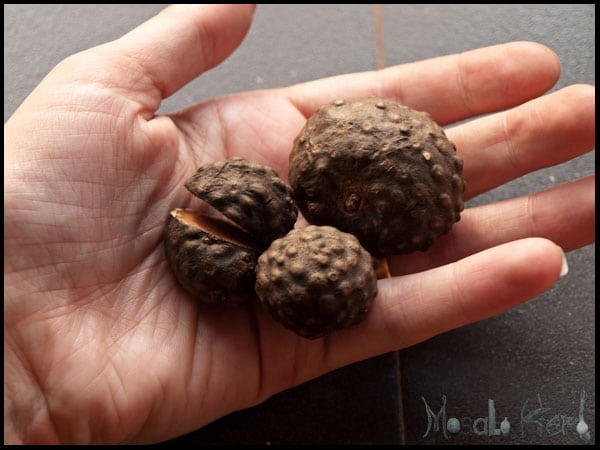
Here in Goa, the locals boil it for 15-20 min in the skin and eat it plain.
Apparently it isn't used in any other way, but I have found a page online (here) which suggests that it can be used as vegetable in curries.
What I did is, I simply boiled it separately and added it to our common Veg Sorak Curry, which tasted by the way no way differently then without the air potatoes.
At least it can be integrated that way in our daily nutrition.
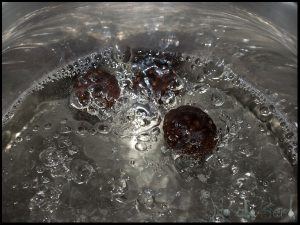
The Potato itself tastes quite plain, in fact it reminded me of Green Tea because of the slight bitterness.
The fruit is hard as stone unboiled, the skin is dark brown, uneven and very thick, while the core is starchy soft orange/brown colored.
Some of the Potatoes are not bigger then 2 cm in breadth, others reach a size of 6 cm.
The plants seem to be very strong and grows very quickly to a huge size.
My Air Potatoes have started to root in the past days, so I ll plant them in the days to come, so I ll be able to tell you more on how to manage the growth later on.
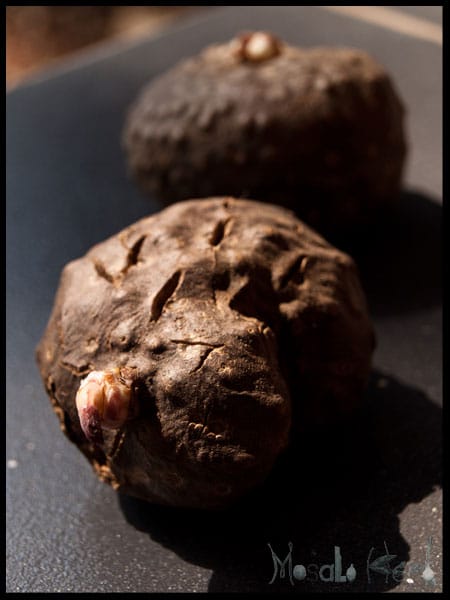
I found 2 more interesting pages all around the air potato here and here.

I too tasted it today first time in my life. My colleague brought it from her native place Raigad district
Dear Helene
This article is exactly what I was looking for when researching "air potato Goa". Thanks for sharing and I'm looking forward to working through your many interesting and informative posts.
Rosie
Hi Rosie, so glad you found something useful here. It's quite an interesting plant isn't it? 😉 Enjoy your time here at masala herb and if you have any questions, please let me know. cheers!